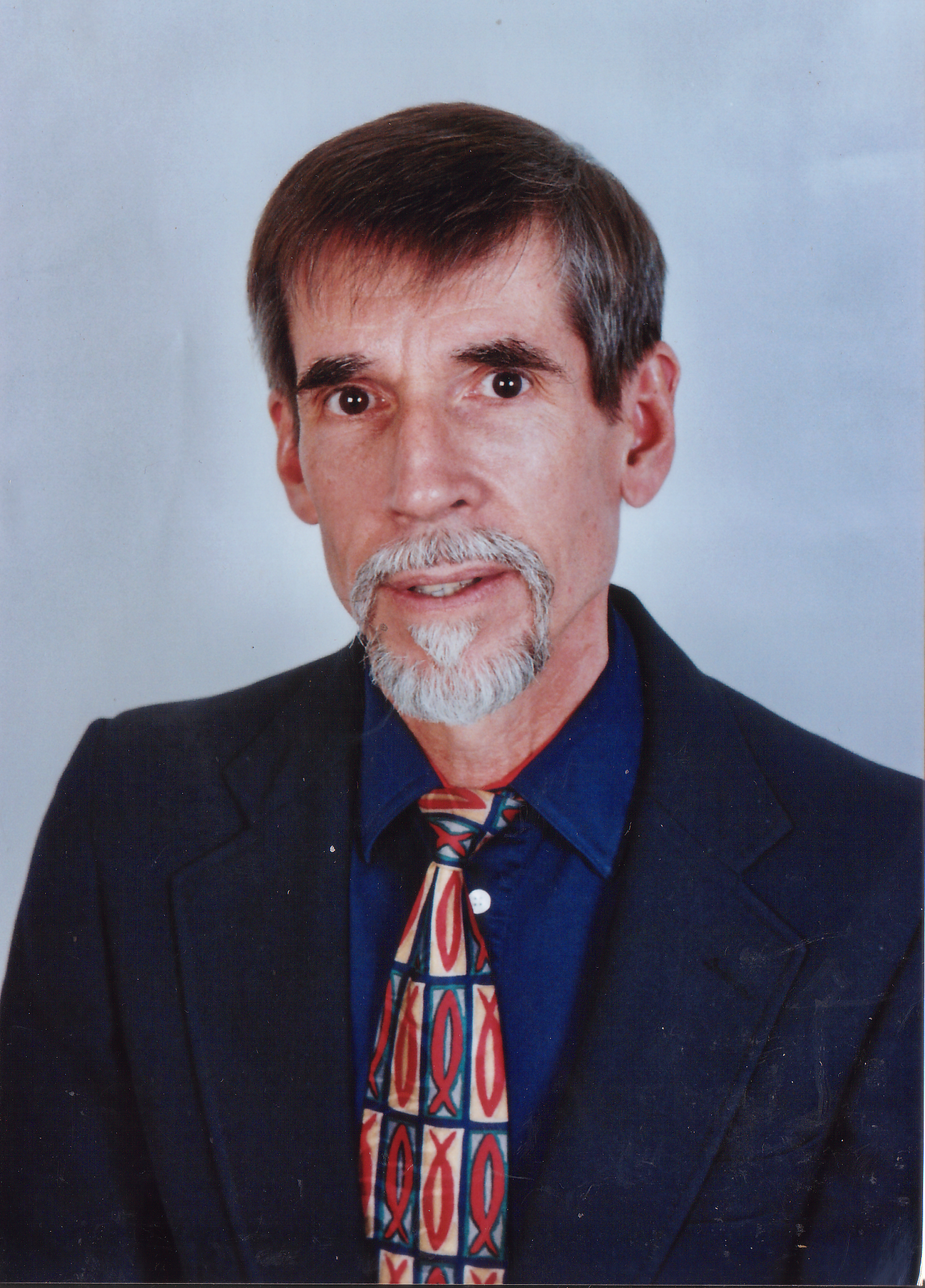PEOPLE, PARADIGMS, AND PURPOSE—REFLECTING ON OUR PILGRIMAGE IN BIBLE TRANSLATION
Dr. Wendland - Lutheran Seminary
I will begin with a brief historical overview of some of the important early paradigms and people in the field of Bible translation that played an essential formative and motivational role in my initial training with respect to both translation theory and practice. These influences go back to the late 1960s and thus may not be very familiar to practitioners today (cf. P. A. Noss, A History of Bible Translation), so this review might serve to encourage us all to occasionally explore the past annals of our particular field of endeavor lest we become guilty of the error of either trying to reinvent the wheel of scholarship or of ignoring what history may still have in store to teach us today.
The second portion of my presentation surveys several prominent paradigms that gradually took shape during my rather long (30-year) period of apprenticeship, which involved reading, grad courses, fieldwork, teaching, formal and informal consultant meetings, and some early exploratory writing. The principal areas of focused learning for me turned out to be these: discourse analysis, biblical poetry, cognitive framing, orality-performance studies, and translation pedagogy. I was certainly no pioneer in any of these disciplines, but gratefully “stood on the shoulders of many others” to learn what I could from predecessors and then adapt or develop where necessary to suit my current situation and circumstances. Accordingly, over time (another 20 years!) and with experience gained through the inevitable trial and error, these paradigms led me to acquire certain models and methods that I felt that I needed for further research, training, and mentoring. A selection of these will be summarized as we proceed in terms of content and illustrated, as time allows, through a few, hopefully practical examples.
In conclusion, I will offer a few personal thoughts, including some questions, regarding how salient paradigms in the field of BT might be either further developed, critically modified, or perhaps newly initiated through the communal interaction and mutual inspiration of joint partnership projects having a specific target audience, focus, and Skopos. The overall purpose of this presentation is to promote our continued interactive “communication,” which by definition requires more than one person, in areas that relate to our corporate interests in Bible translating, the process, and Bible translations, the various products—all in service of Him who is the Living Word.


